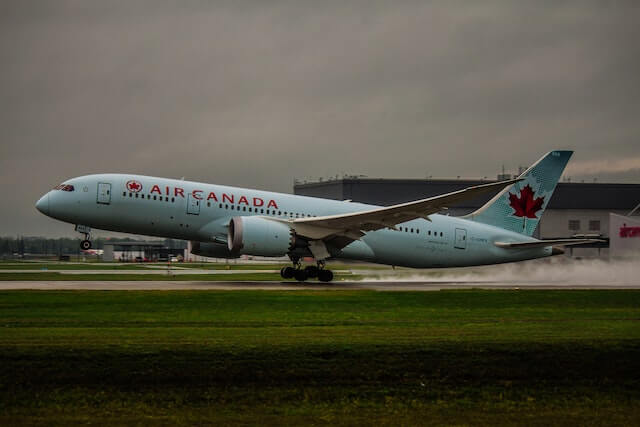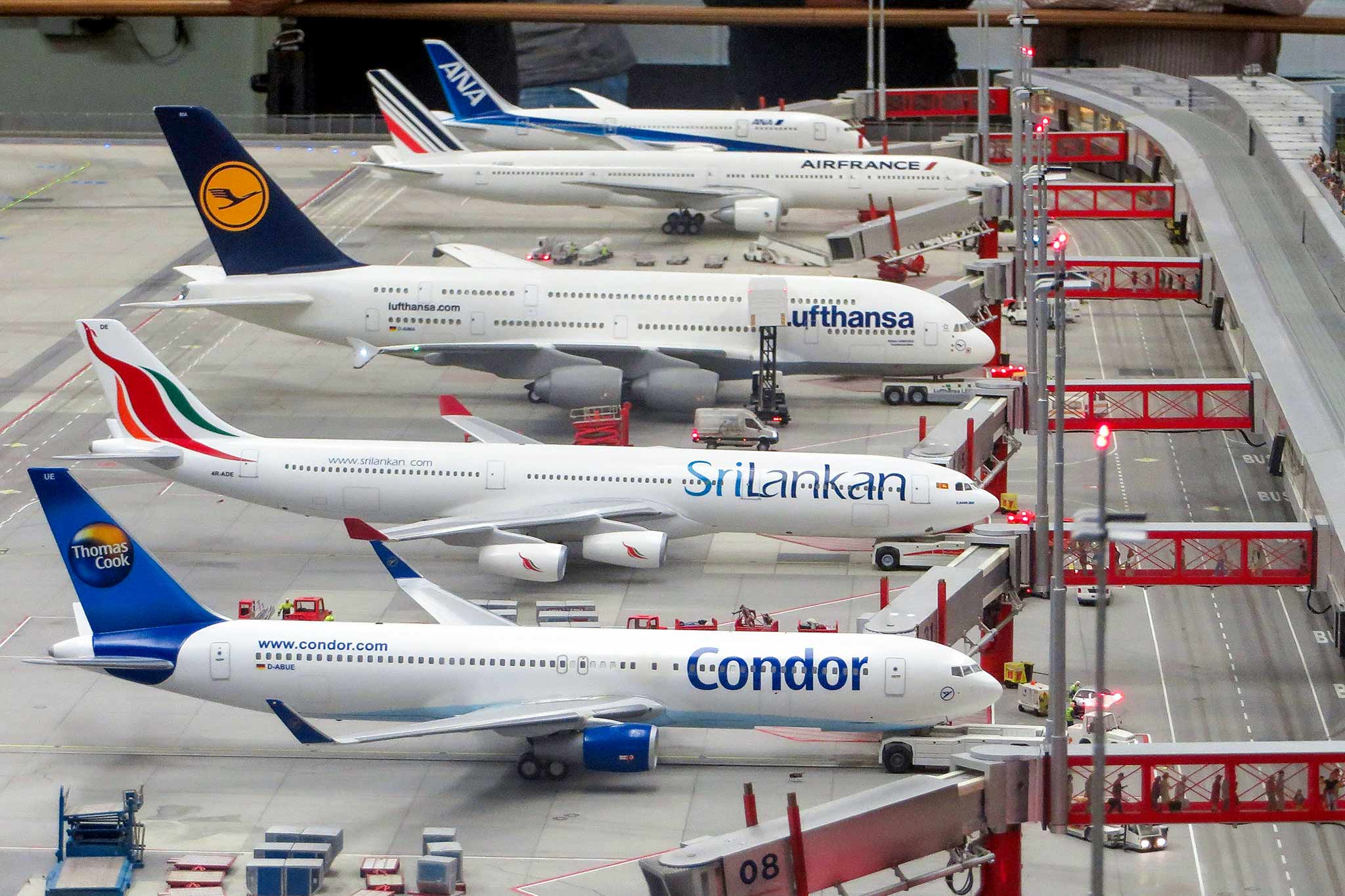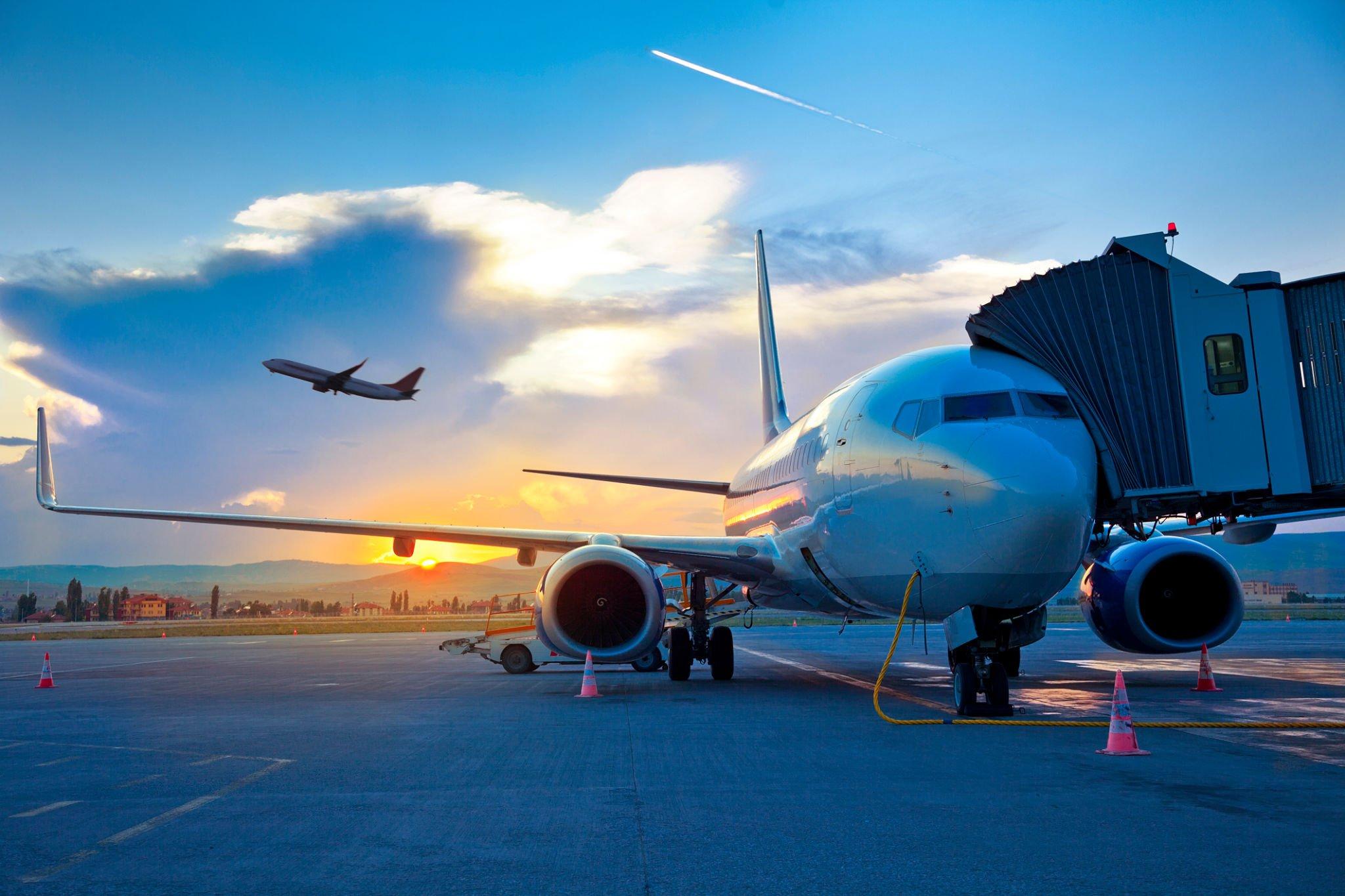

Airline safety has been the industry’s major priority for the last century. Technology, training, and risk management have produced notable advancements, yet there is always an opportunity for improvement in aviation safety.
Let’s examine why airline safety is essential and how to create enhancements.
Airline Safety: How Safe Is It?
In terms of deaths per distance traveled, flying is the safest mode of transportation. The Civil Aviation Authority reports that the death rate per billion kilometers traveled by aviation is 0.003, compared to 0.27 by train and 2.50 by automobile.
Statistically, riding a bicycle or getting struck by lightning is more likely to result in death than aviation accidents. Estimates put the odds of dying in a plane disaster in the United States or Europe at 29 million to one.
Since the 1950s, fatal accidents have decreased every decade, a remarkable feat considering the exponential rise of air travel. Forty fatal accidents per one million airplane departures in the United States in 1959. Within a decade, this decreased to fewer than two per million exits and is now about 0.1 per million.
How to Improve Airline Safety?
Airline pilots are usually exposed to three types of risk: weather, aircraft suitability, and pilot capability. When a flight encounters one of these three risks before take-off, there are risk management solutions that can be impelented.
Weather
Weather is the largest risk factor to safely operating an aircraft. To manage weather risk, evaluating options is critical.
A preflight weather report is an important piece of data to analyze before taking off. A pilot can contact the Flight Service, check weather websites, or download a complete weather briefing, which can include graphics and organizes the results for you.
Even if you checked the preflight weather report, there are times when the weather changes dramatically during the flight. In that case, it is best advised to bypass the direct route to the destination to avoid terrible weather conditions. By doing so, passengers will not have to go through frightening turbulence during the flight.
Another way to avoid terrible weather conditions is to change altitude during the flight. Perhaps, the weather condition is covering a huge amount of territory that it is impossible to divert. For instance, a pilot can decide to fly at 10,000 feet above sea level instead of 4,000 feet to avoid windy conditions.
Aircraft suitability
The aircraft needs to be suited to face any sort of environment. The physical make and other attributes are essential to make air travel better.
Having more fuel than necessary is common sense, yet it can be taken for granted. A pilot needs to check the fuel gauge to estimate if it is enough to reach the destination.
Apart from verifying the fuel gauge, an aircraft that has top-notch cruising speed is an extremely essential feature to have. Reaching your destination quicker is obvious, yet it also means that aircraft can go through a terrible patch of weather much quicker. Additionally, it decreases the chance of a fuel stop if necessary.
An aircraft that can sustain high altitudes mitigates risk. At high altitudes, a pilot is given time to survey the territory for an emergency landing. Another advantage is that high altitude requires less fuel consumption which addresses the fuel risk mentioned above. More importantly, higher altitude proves a smoother ride for the passenger.
Pilot
The pilot’s capabilities and physical state to maneuver an airplane are critical to aircraft safety.
It is common that pilots fly multiple flights during the same day, yet it can be tiresome. Ensuring the well-being of a pilot is nothing short of important. Pilot errors such as falling asleep or not following protocol due to mental distress have happened in the past, which can cause problems.
Pilot well-being is critical for flight safety. Being prepared for scenarios such as a complicated departure, in-flight health emergency, or congested air traffic prior to landing at the airport, is crucial for a pilot to know how to manage.
Final words
There are many tasks to complete to ensure aircraft safety. It is the responsibility of both the pilot and airline company to adhere to protocols and laws that provide a safe flight to passengers. All and all, this article listed some tips to avoid common mistakes to deliver an enjoyable ride.
At Synaptic Aviation, we take airline safety very seriously. Our technology allows airline and airport crews to monitor the progress of aircraft unloading, boarding, and turnaround. Want to see how it works? Request a demo at synapticaviation.com or contact us at 844-505-4496.

Learn more, request a demo
Get Demo
 Recent Posts
Recent Posts 

Commercial Aviation Accidents Are at an All-Time Low, So Why are Airport Ramp Accidents Not Improving?
It is extremely rare these days to hear news about fatal commercial aviation accidents. Despite zero fatal accidents in 2023 compared to twelve in 1980, the yearly number of flights has more than quadrupled.
By Nicholas Casamayor April 13, 2024
